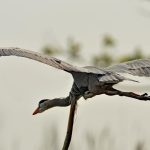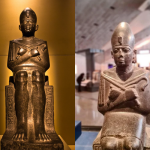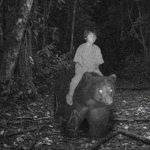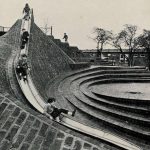The Sentinel of the Sands: A Desert Tree’s Silent Lesson in Strength
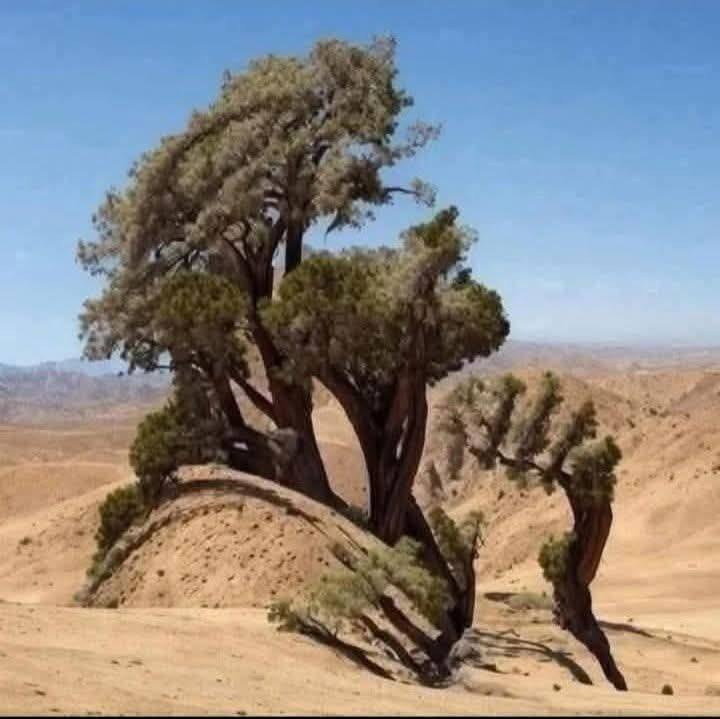
In the heart of an immense, barren desert, where the relentless sun bakes the earth and even the wind seems too tired to sing, stands a solitary figure. It is an ancient tree—bent, scarred, and twisted by time—yet miraculously, resolutely, still alive.

No one in the passing caravans remembers when this tree first took root. Its origins are woven into the fabric of local legend. Some say it sprouted decades ago from a seed dropped by a bird long gone. Others whisper it was planted by a heartbroken traveler who never made it home. But every person who passes by, whether nomad or scientist, feels the same immediate, powerful impression: a presence of quiet, enduring strength.
The Anatomy of Survival

For centuries, nature has tested its will. Vicious desert storms have tried to rip it from the ground. Relentless, shifting sands have buried its roots, threatening suffocation. The scorching sun has burned its bark until it looks like hardened leather. Yet, every time the world seemingly declared it “done,” the tree responded. It leaned. It curved. It weathered the blow. But it never broke.
Its survival is not a simple feat of biology; it is an epic tale of tenacity. Its thick, gnarled trunk is a living map of every struggle, every harsh winter, and every drought it has overcome.
But the tree’s greatest lesson is not in its own resilience; it is in its compassion.
The Curve of Protection

If you look closely at the base of the massive trunk, you will notice a miracle in miniature: a smaller, younger tree growing directly beside it. The old sentinel doesn’t reach toward the sun alone; instead, its massive canopy bends protectively over the small sapling, shielding it from the most savage winds, much like a mother covering her child.
It is said among those who frequent the desert routes that when the brutal sandstorms finally arrive, the old tree deliberately takes the full brunt of the assault. Its scarred body absorbs the cutting sand and the crushing pressure so that the young one beneath it can grow unhindered, its delicate structure protected.
And perhaps, this is the profound reason why the old tree still stands: not because it is physically unbreakable, but because it chose to protect instead of surrender. Its purpose transcends its own survival.

In a world that often celebrates the loud, visible heroes, this desert sentinel offers a timeless reminder: Strength isn’t always loud. Sometimes, the greatest power is found in the silent curve of a body—a quiet, enduring stance that says, “I’ll keep standing, even when everything else falls,” so that something new, something small, can have a chance to rise.
